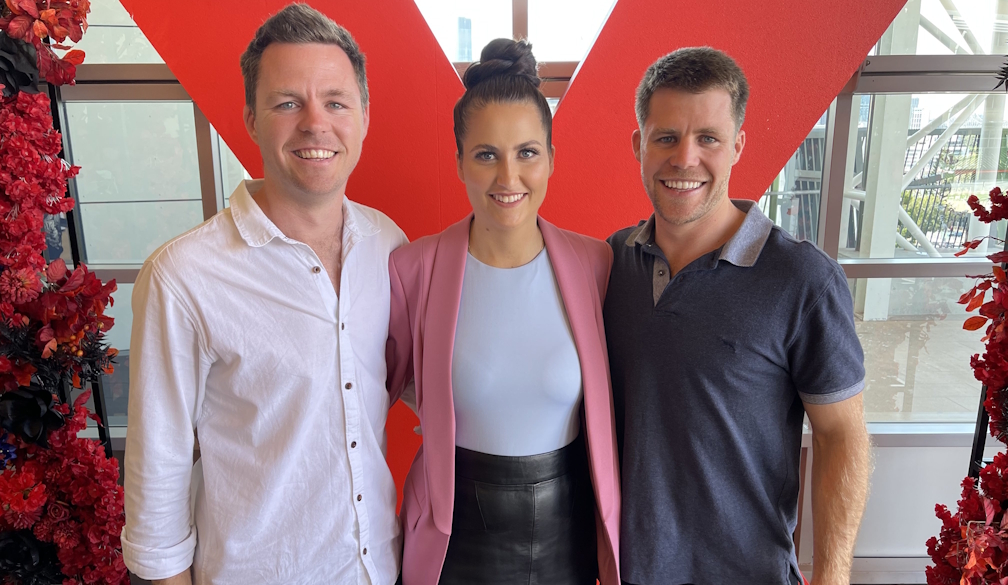Australia's jobless rate at its lowest since 1974
- Written by Jeff Borland, Professor of Economics, The University of Melbourne

It’s not an academic way to start an article about Australia’s latest jobs numbers, but all I can think is “wow”.
The official unemployment rate in June fell to 3.5%. It’s almost 50 years – August 1974, to be exact – since it was lower.
How we got there was through more people getting hired: 88,400 people compared with 60,600 the month before.
This reduced total unemployment by 54,300, even as the labour force swelled by 34,200 to 14,093,000.
90,000 new jobs a month
After the hit to employment in 2021 from shutdowns due to the Delta variant of COVID-19, there was always going to be a rebound. But the strength is amazing. Since October last year, employment has grown, on average, by more than 90,000 people a month.
We can compare this with what happened during the initial recovery from the onset of COVID-19, from May 2020 to January 2021.
That recovery came after a much bigger loss of jobs compared with late 2021. This makes the past eight months more impressive. With less opportunity for catch-up, slower growth could reasonably have been expected.
Climbing job vacancies
Along with a record-high proportion of the population employed – 64.4% – there is a record-high proportion of vacant jobs: 3.4%.
Exceptional growth in the demand for labour is encouraging people to join (or rejoin) the labour force. The proportion of the population in work or looking for work in June rose to 66.8%.
But also record sickness
Offsetting more people wanting to work, however, is more people being away from work ill.
In the first six months of 2022, on average, 5.2% of workers did fewer hours than usual due to illness. This compares to 3% in the same months from 2017 to 2019.
It’s likely some employers are needing to hire extra workers to cover for increased rates of absenteeism due to COVID-19 or the flu, adding to demand.
So what about wages?
The puzzle in all this is wages growth. How can we have unemployment so low and yet so little evidence of stronger wages growth?
Even with record low unemployment and record high job vacancy rates, in the 12 months to the end of March, wages grew by just 2.4%. This compares with prices (inflation) growing by 5.1%. Real wages therefore declined by 2.7%.
This lack of “market” response is most likely due to Australia’s institutional arrangements for wage-setting. These arrangements make some lag in wages responding to demand inevitable.
Read more: Why there's no magic jobless rate to increase Australians' wages[1]
About 35% of employees are on enterprise bargaining agreements, which are renegotiated on average every two to three years. Those agreements might have annual wage increases built in, but based on the labour market as it was when the collective agreement was struck.
About 23% of employees are on awards – and increases to these are set by the Fair Work Commission just once a year.
Nevertheless, the Fair Work Commission’s decision last month to lift wages for award workers by up to 5.2% shows that wages do eventually reflect labour market conditions. A higher rate of wage growth should also happen progressively for workers covered by collective agreements, as employers adjust their expectations about what they need to pay to keep and attract employees.
Read more: This 5.2% decision on the minimum wage could shift the trajectory for all[2]
Still, fears that wage increase will get out of hand, leading to a wage-price spiral as in the 1970s, are exaggerated.
Many factors have changed. In the 1970s, Australia had “pattern bargaining” – whereby if one group of workers got a big wage increase it would pretty much automatically flow to all other workers. This is no longer the case. Moreover, the decline in union representation, and the rise of technology and globalisation, have all made it more difficult for workers to bargain for higher wages.
References
- ^ Why there's no magic jobless rate to increase Australians' wages (theconversation.com)
- ^ This 5.2% decision on the minimum wage could shift the trajectory for all (theconversation.com)
Authors: Jeff Borland, Professor of Economics, The University of Melbourne
Read more https://theconversation.com/3-5-unemployment-australias-jobless-rate-at-its-lowest-since-1974-186917







